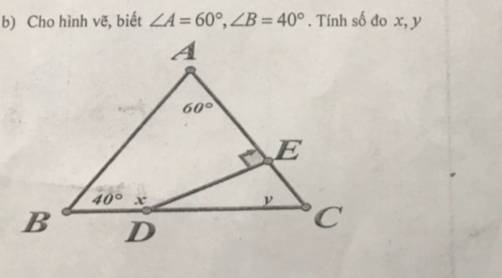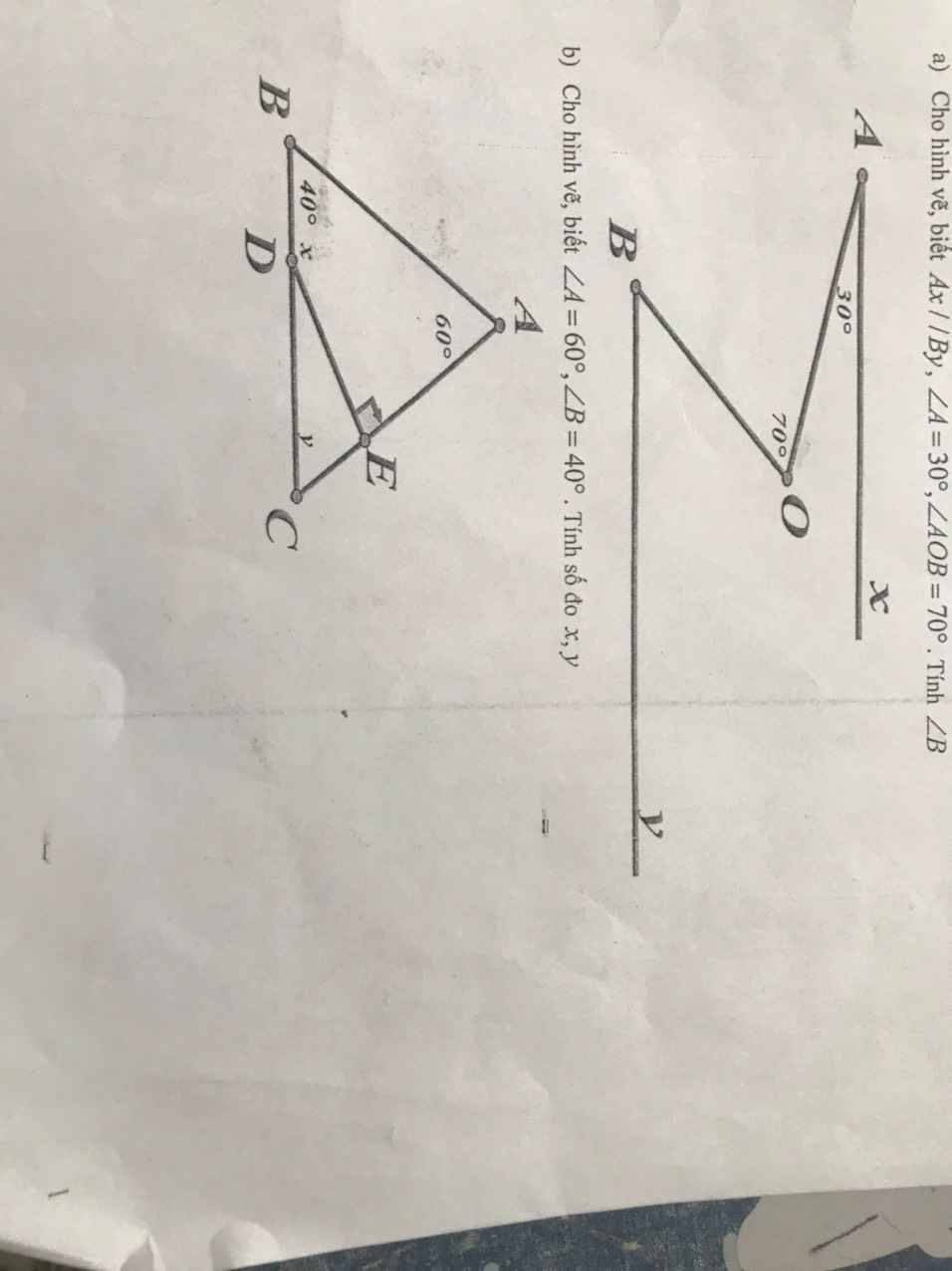
Hãy nhập câu hỏi của bạn vào đây, nếu là tài khoản VIP, bạn sẽ được ưu tiên trả lời.


\(a)\dfrac{x^2}{6}=\dfrac{36}{x}\)
\(=>x^3=36.6\)
\(=>x^3=6^3\)
\(=>x=6\)
(câu b thiếu dữ kiện)
áp dụng dãy tỉ số bằng nhau ta có
x/3=y/7=z/2=x+y+z/3+7+2=-16/12=-4/3
=>x/3=-4/3=>x=-4/3X3=-4
=>y/7=-4/3=>y=-4/3X7=-9,(3)
=>z/2=-4/3=>z=-4/3X2=-2(6)

Gợi ý: nếu số tiền gốc là $a$ (đồng), lãi suất $r\%$ một năm thì sau 12 tháng:
số tiền lãi là: $a.r$ : $100$ (đồng)
số tiền cả gốc và lãi: $a + a.r$ : $100$ (đồng)
Từ gợi ý đó em tự tính toán nhé, còn số liệu trong bài thì quá thiếu thực tế rồi.



\(\dfrac{9^{15}\cdot8^{11}}{3^{29}\cdot16^8}=\dfrac{3^{2^{15}}\cdot2^{3^{11}}}{3^{29}\cdot2^{4^8}}=\dfrac{3^{30}\cdot2^{33}}{3^{29}\cdot2^{32}}\)
\(\Rightarrow\dfrac{3^{30}\cdot2^{33}}{3^{29}\cdot2^{32}}=\dfrac{3^{29}\cdot2^{32}\cdot3\cdot2}{3^{29}\cdot2^{32}}=3\cdot2=6\)

\(2^x+2^{x+3}=144\)
\(\Leftrightarrow2^x\left(1+2^3\right)=144\)
\(\Leftrightarrow2^x.9=144\)
\(\Leftrightarrow2^x=144:9\)
\(\Leftrightarrow2^x=16\)
\(\Leftrightarrow2^x=2^4\)
\(\Leftrightarrow x=4\)

\(\left[{}\begin{matrix}3x+\sqrt{2}=4\\3x+\sqrt{2}=-4\end{matrix}\right.\)
<=>\(\left[{}\begin{matrix}3x=4-\sqrt{2}\\3x=-4-\sqrt{2}\end{matrix}\right.\)
<=>\(\left[{}\begin{matrix}x=\dfrac{4-\sqrt{2}}{3}\\x=\dfrac{-4-\sqrt{2}}{3}\end{matrix}\right.\)


Ta có:\(\widehat{A}+\widehat{B}+\widehat{C}=180^o\)(tổng các góc trong 1 tam giác)
\(60^o+40^o+y=180^o\)
y=80o
\(\widehat{EDC}=10^o\)(tự nghĩ nhá)
\(x+\widehat{EDC}=180^o\)(kề bù)
\(x+10^o=180^o\)
x=90o